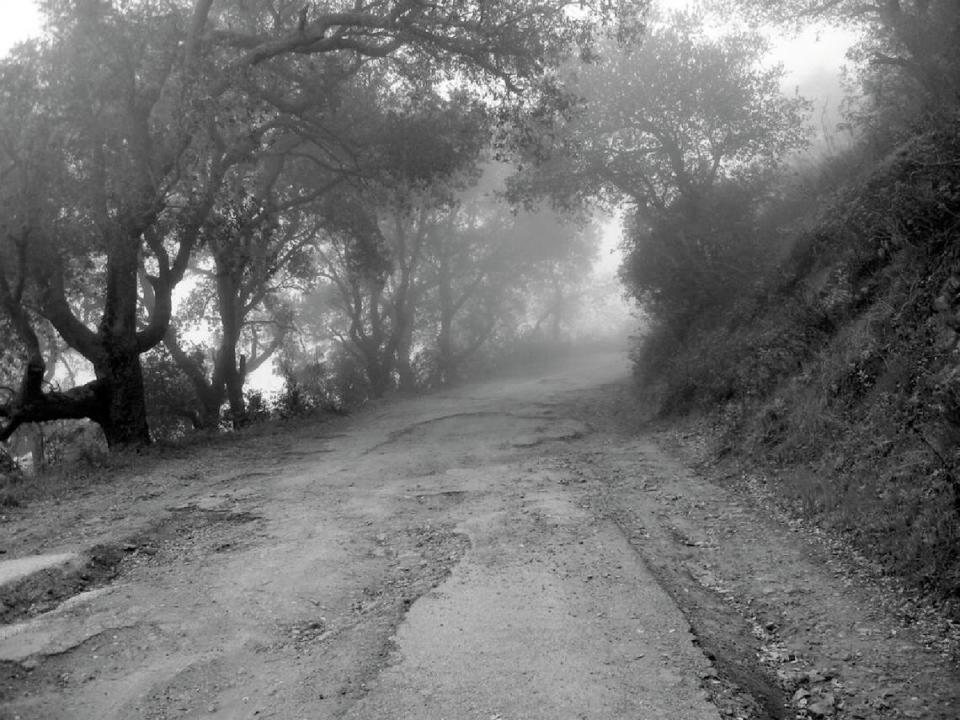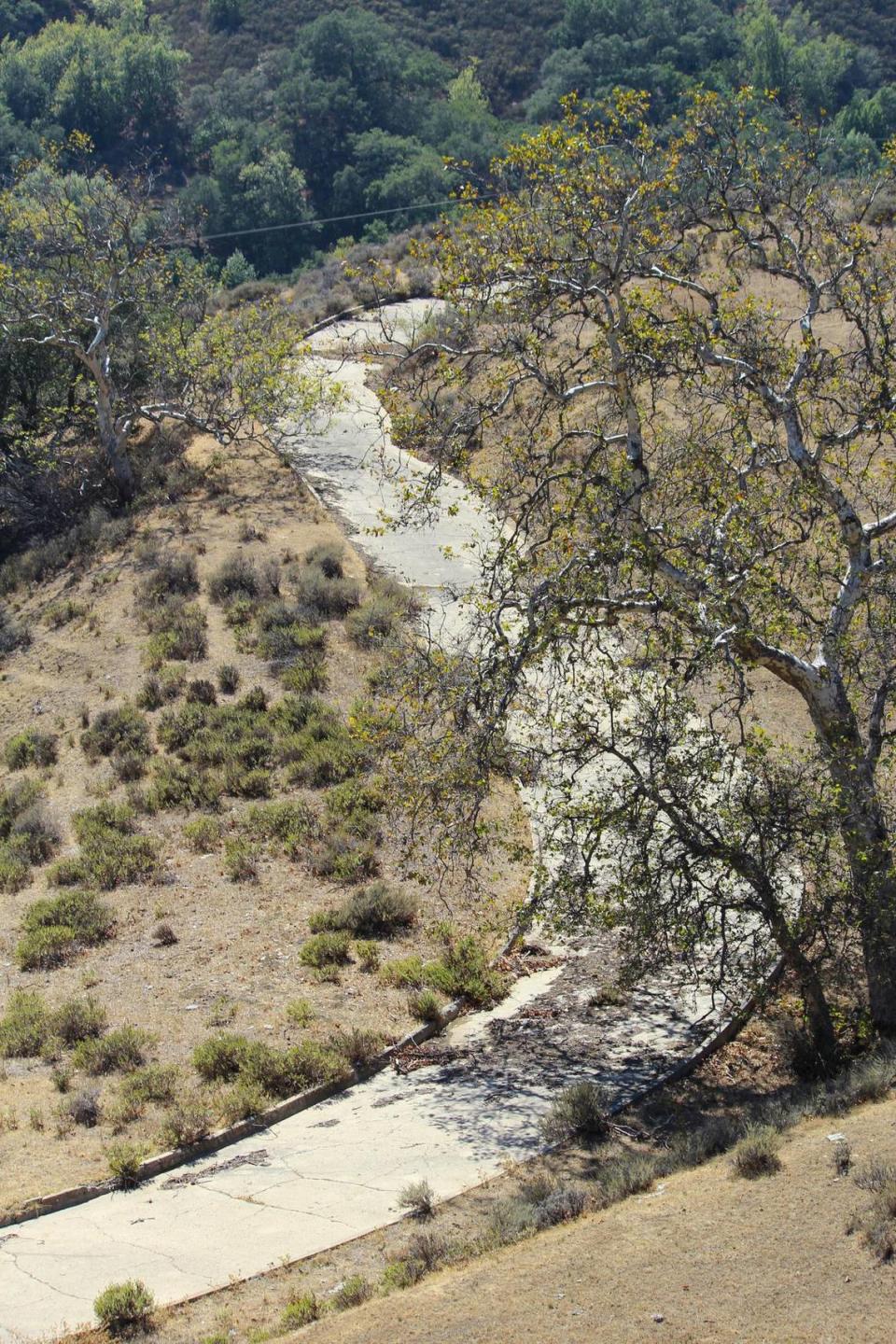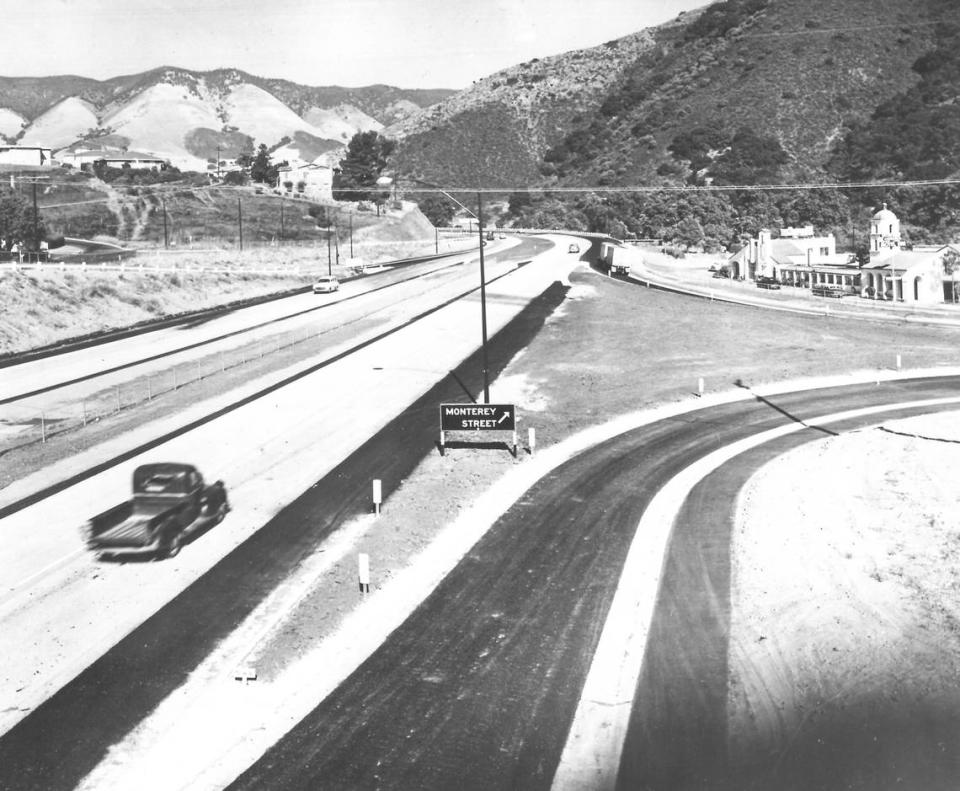Crossing Cuesta Grade was once ‘hard and arduous.’ How new road transformed travel in 1910s
Caltrans celebrates its 50th birthday this month.
The agency was formed in 1973 when California state transportation services were placed under one umbrella.
Caltrans’ guiding mission, road construction, dates back to 1895 when the state Bureau of Highways was created to improve the wagon road to Lake Tahoe.
For more than a century, the primary way to get there from here has been by automobile.
The San Luis Obispo Daily Telegram jumped on the automotive bandwagon early. Editor C.L. Day saw the revolution coming, and made sure the newspaper picked up every vehicle-related blurb it could in the 1910s and 1920s.
Though the Feb. 13, 1918, issue carried a column titled “News of Shop and Rail” featuring Southern Pacific and Pacific Coast Railway news, soon the paper would be bulging with advertising from car dealers and related services.
Here’s an article from the California State Automobile Association about the new paved road spanning the Cuesta Pass that would later become part of Highway 101.

Article in Motorist on Cuesta Grade by W.C. Howe
On the Coast Highway, between San Francisco and Los Angeles, there is a famous mountain grade which is well known to motorists, but of which little has been written. This grade begins approximately three miles north of the town of San Luis Obispo and climbs to the summit of the Santa Lucia Range to what is known as the Cuesta Pass.
The original Cuesta Grade, built by the county of San Luis Obispo, has been practically abandoned and in its place and on the opposite side of the mountain there has been constructed by the engineers of the California Highway Commission a new and modern highway.
The history of the old Cuesta Grade is somewhat interesting. This famous road was built in 1876, over forty years ago and long before the Southern Pacific Co. had even contemplated an extension of its coast line below the town of Soledad in Monterey county. San Luis Obispo, than and still the county seat of San Luis Obispo County, was reached in two ways, viz: by steamer to Port Harford, which lied ten miles to the west, and by stage coach from Soledad, one hundred and ten miles to the north. The stage carried the United States mail and was one of the old-time crack stage routes.
Six different relay stations were maintained between San Luis Obispo and Soledad; horses were changed at each relay station and the one aim of stage drivers was to make time and avoid all unnecessary delays in route. Even with the best of stock and an excellent relay system, with refreshment depots en route, the trip was a hard and arduous one, requiring from twenty-six to thirty hours of continuous staging. Today this self-same trip is made by automobile in about five hours in practical comfort. This comparison between the old stage-coach days and the present era bring very forcibly to mind the progress that has been made in road construction and means of locomotion during the past few decades.

The new Cuesta Grade eliminates the steep pitches of grade and sharp curves characteristic of the old grade and seeks the lower levels of the valley on both sides of Cuesta Pass by easier stages. The old road is located in a deep gulch with grades of 15 per cent; the new road winds along the westerly slopes of the Santa Lucia range in Cuesta Canyon and climbs to the summit of the pass at an elevation of 1551 feet above sea level on gradients varying from 4 to 6 1/2 per cent. Despite the increased distance necessary to secure a location with 6 1/2 per cent as the maximum grade, the new Cuesta grade is only a few hundred feet longer than the old grade, viz:
Length of old grade, 3.5 miles.
Length of new grade, 3.61 miles.

No curves have been installed with radii less than 90 feet, and compensation for curvature has been made in every instance; in addition of superrevelation [banked curve] of 15 3/4 inches is maintained on curves up to a 300-foot radius. Some 90,000 yards of loose and solid rock were moved in building the new grade.
The scenic view from the completed road is very wonderful. The rugged slopes of the Santa Lucia range break into view at different points along the route, forming a beautiful and attractive background to the short level benches of orchard and grazing land interspersed. High up on the westerly slopes of the range proper, the Southern Pacific railroad burrows its way through the mountain ridges, or majestically sweeps its way in long easy curves around sharp rocky slopes. At the north end of the Cuesta Pass the road drops down to the town of Santa Margarita on a series of rolling grades and easy curves, winding its way along the banks of Santa Margarita creek, a clear and fast-flowing stream.
With the completion of the Nojoqui grade in Santa Barbara county, which has just been thrown open to travel, all of the coast Highway between San Francisco and Los Angeles have passed into history, and future generations of motorists will have to seek other fields if they wish to experience the thrills, the dangers and the hardships of navigating precipitous mountain grades.
![OLD CUESTA ROAD–A photo from the California Division of Highways [now Caltrans] which once reported 71 hazardous curves on the highway north of San Luis Obispo. The dirt road was built to replace Stage Coach Road in 1915 and improved in 1923, the photo is from about 1922.](https://s.yimg.com/ny/api/res/1.2/aLL2WJYyN6A_FAlP2rMKnA--/YXBwaWQ9aGlnaGxhbmRlcjt3PTk2MDtoPTI5Ng--/https://media.zenfs.com/en/san_luis_obispo_tribune_mcclatchy_articles_722/6fc18976304bb78cec705e7759f9837b)

